Welcome to our site!
We are studying marine animals that live in the Southern Ocean surrounding the continent of Antarctica. This is a multi-year project with two field seasons at McMurdo Station between 2019 and 2022. The project is funded by the US National Science Foundation Office of Polar Programs.

Antarctica, the bottom of the world
The Southern Ocean that surrounds Antarctica is the coldest ocean in the world, and animals that live there have lived in freezing temperatures (-1.8 °C or 28 °F) for millions of years. Animals there are adapted to constant and extreme cold, and many ectothermic (cold-blooded) animals have lost the ability to cope with even slightly warmer temperatures. Because of that, and because they have nowhere colder to go when their environment warms, Antarctic ectotherms may be especially vulnerable to warming oceans and other factors that go along with global climate change.
We are studying some of the least-well-understood stages in the life cycle of Antarctic invertebrates; the eggs, embryos, and larvae. We want to know how important processes like cell cleavage, development, and embryo and larval metabolism are affected by changes in temperature.
Our project
In 2019-2022, our team of three researchers from the University of Hawai'i at Mānoa has spent well over a year (cumulatively) at McMurdo Station, Antarctica working on this project. There, we SCUBA dived under the ice to collect a variety of invertebrates including sea spiders and nudibranchs, now we’re working in the laboratory at McMurdo Station and at the University of Hawai'i to test the developmental and metabolic effects of small increases in temperature on the early stages of the life cycle, embryos and larvae.
Two of the people we work with are K-12 teachers, Amy Osborne and Tammy Orillio, who are part of the PolarTREC program. If you are an educator and would like us to “drop in” to your classroom from McMurdo or from Hawai'i for a tour and science talk, please contact us!
Working in Antarctic requires a lot of training and preparation. Every year, we pack up important science gear and ship it fto the United States Antarctic Program’s (USAP) cargo center in California. A typical science cargo shipment for our group consists of several large waterproof cases with a few hundred pounds of equipment, carefully packed in shock-absorbing foam.
SCUBA diving in the Antarctic requires specialized training. One of the most important skills is using a drysuit; drysuits work differently from regular wetsuits because while drysuits keep divers warmer, they do so by keeping a layer of insulating air inside the suit. This means divers need to manage the drysuit airspace to regulate their buoyancy. Aaron and Amy are making sure their drysuit training is current by practicing in Hawaii, where it’s so warm that you hardly ever see anyone in a drysuit. In fact, if you ever see anyone dressed like Amy and Aaron while SCUBA diving in Hawai’i. Check out the pictures on this page to see our Hawaii diving, and make sure to look at other parts of this page for pictures of Antarctic SCUBA diving.

Sea spiders

An Antarctic nudibranch

A sea spider from mcmurdo sound

Aaron packing week in the lab! everything labeled, padded and neatly stuffed into cushy pelican cases. an oddly satisfying experience.
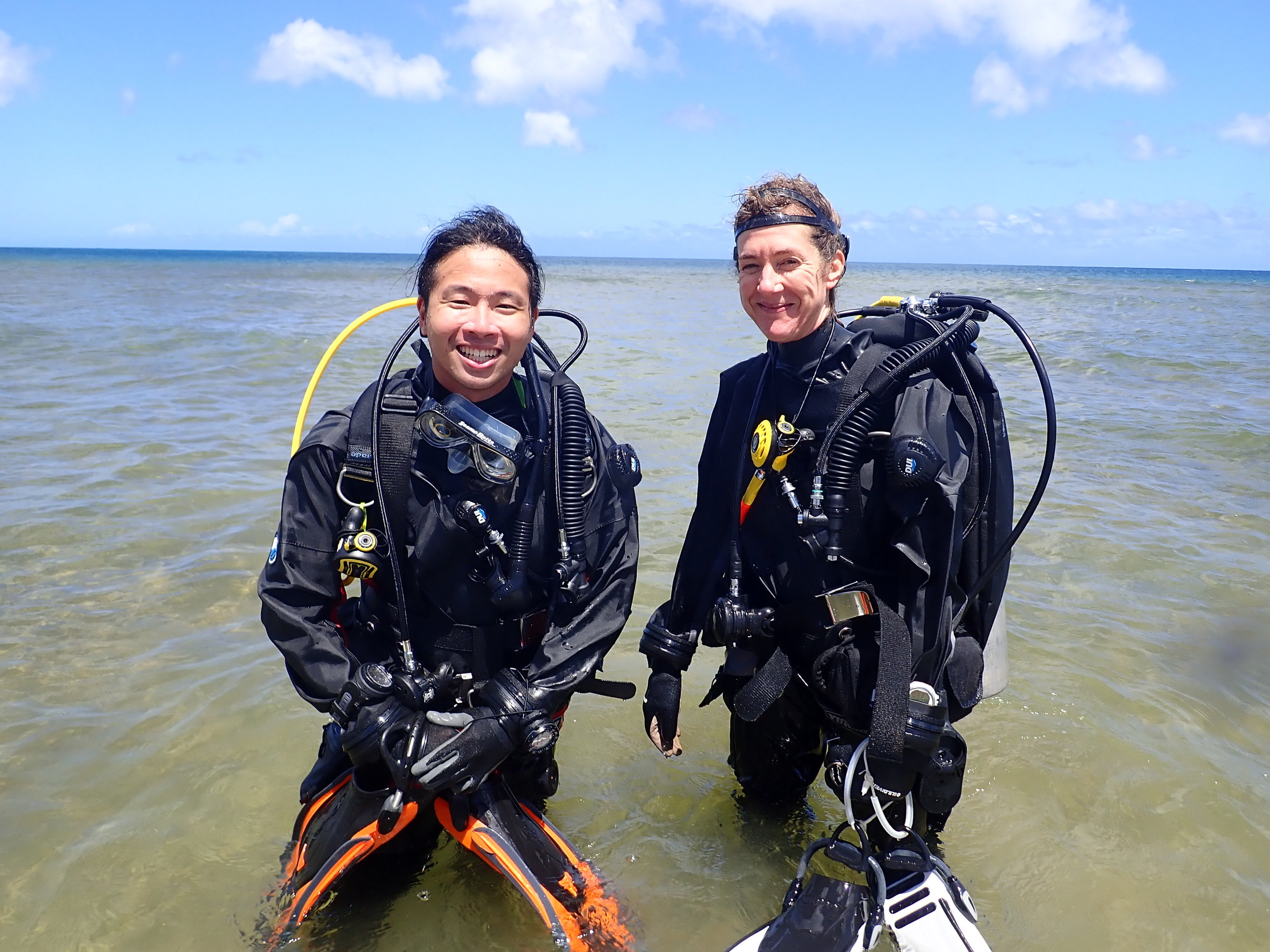
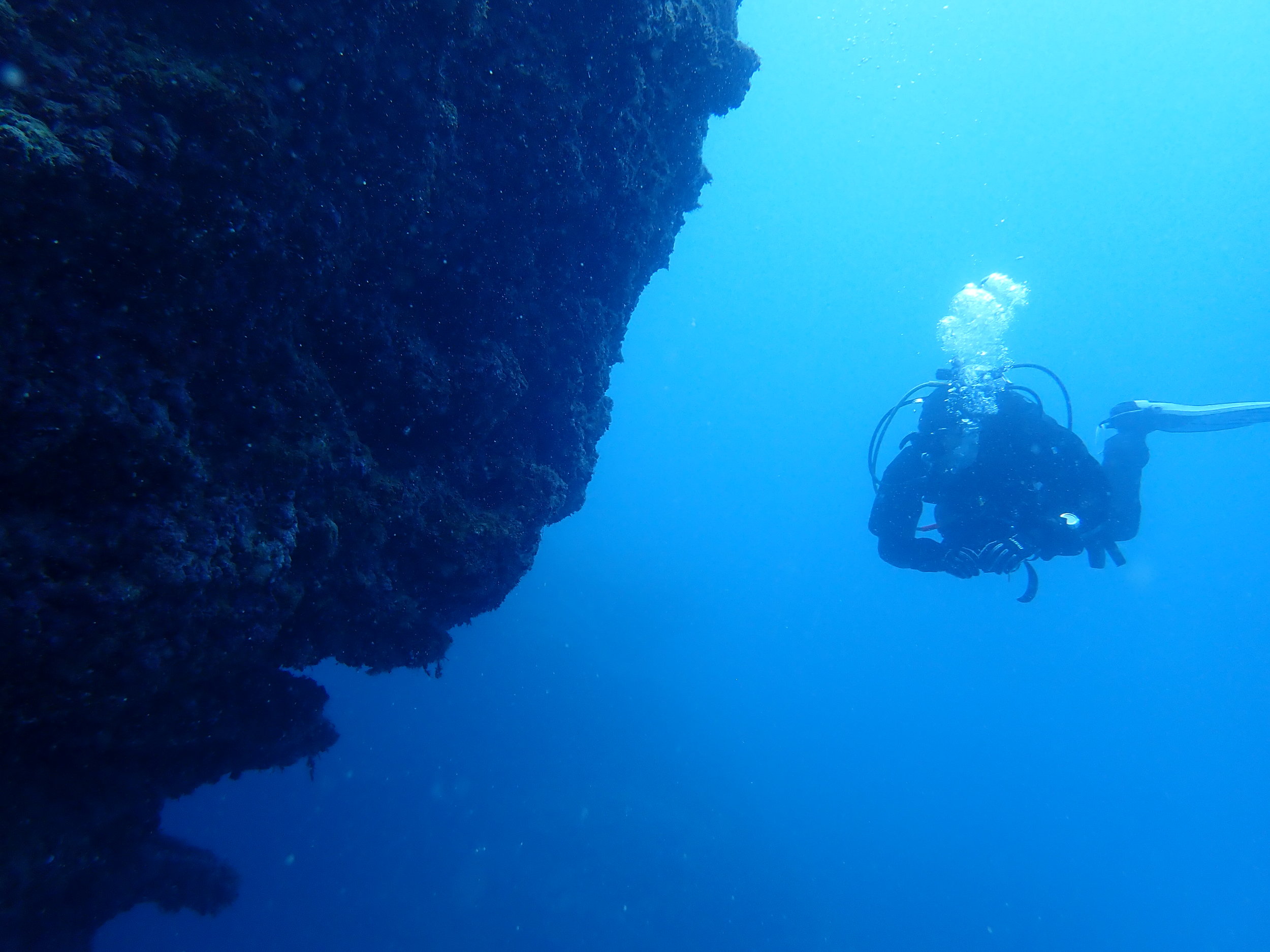
The ~60 foot wall of the Haleiwa Trench is great for refining our drysuit buoyancy skills.
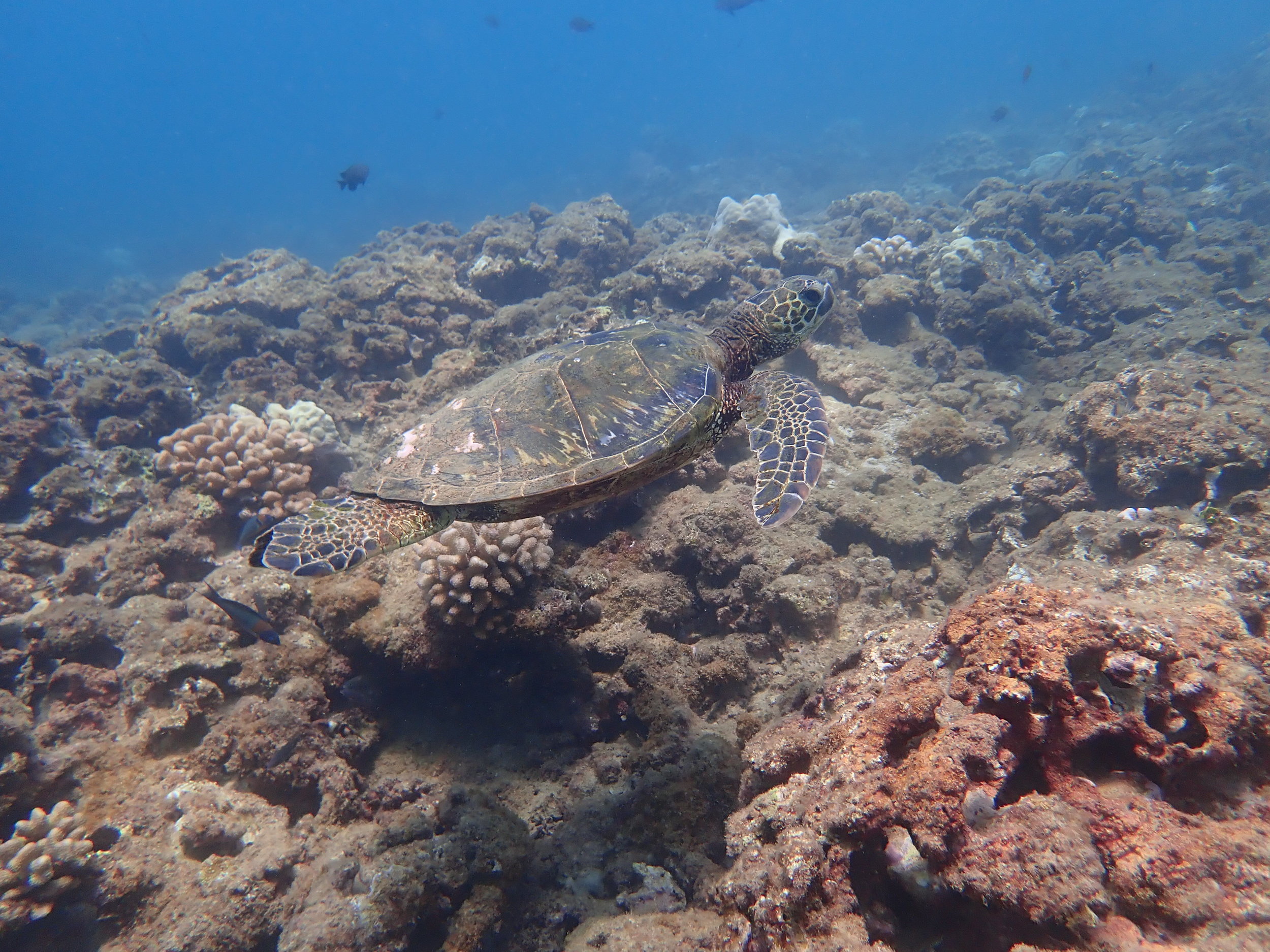
Our dive site, Haleiwa Trench, is a popular grazing site for sea turtles.
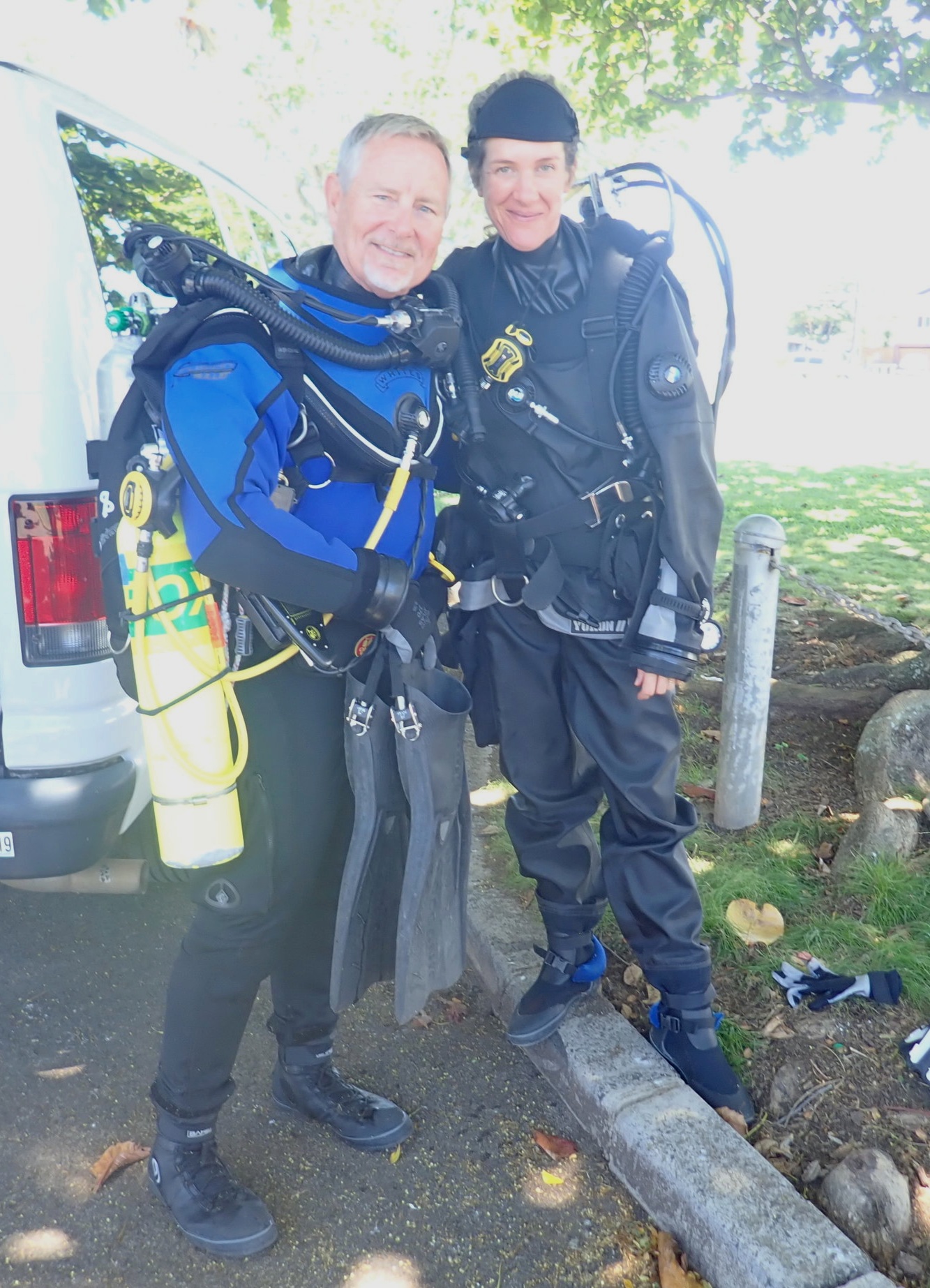
Diving Safety Officer David Pence (left) has been accompanying us on some of our dives - a very reassuring presence underwater. Thanks Dave!
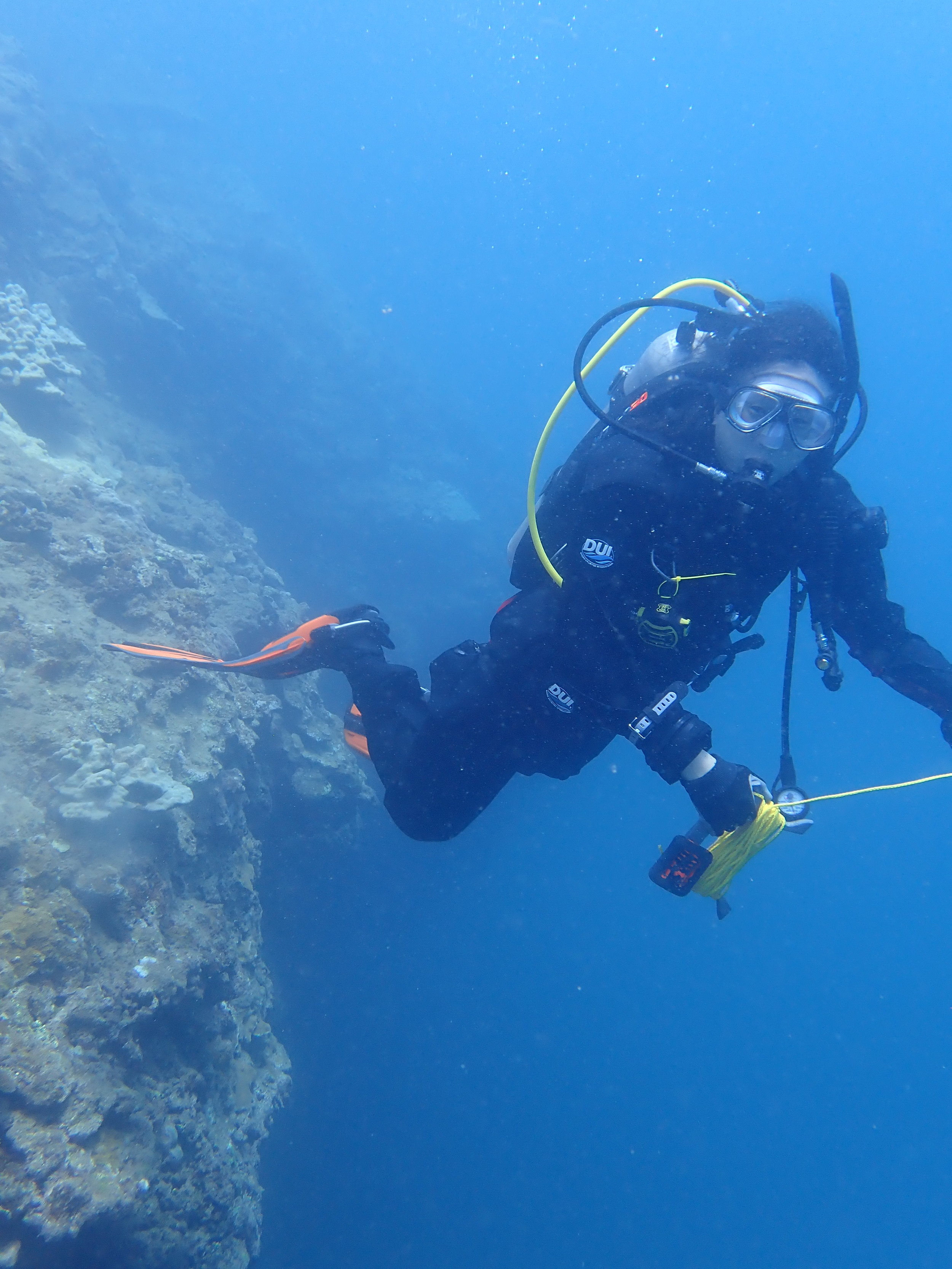
Aaron deploying dive flag!
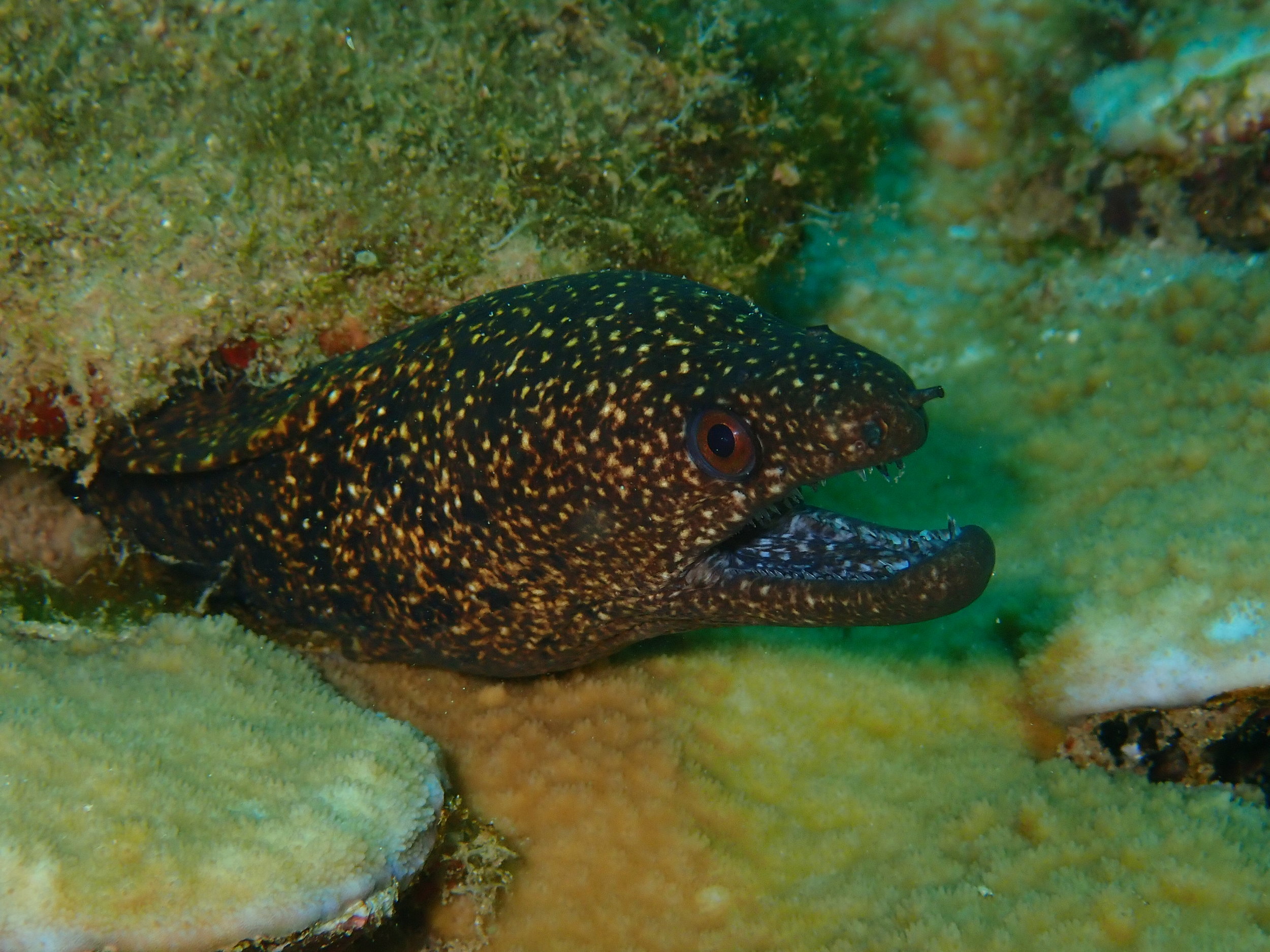
We won’t have to worry about moray bites in Antarctica, but here in Hawaii it’s a good idea to keep your fingers out of nooks and crannies.
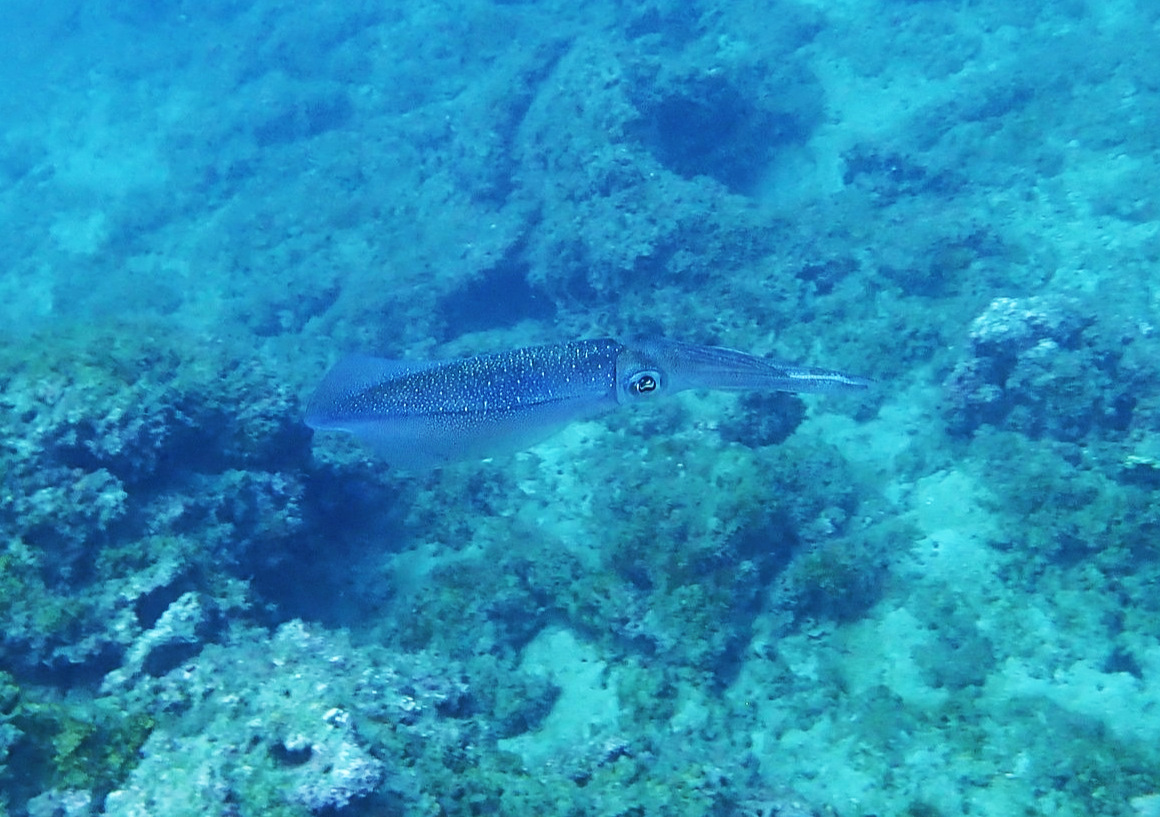
A wary reef squid checking us out.

Amy with a humongous pencil urchin, Chondrocidaris gigantea. We floated over a small forest of these beautiful animals.
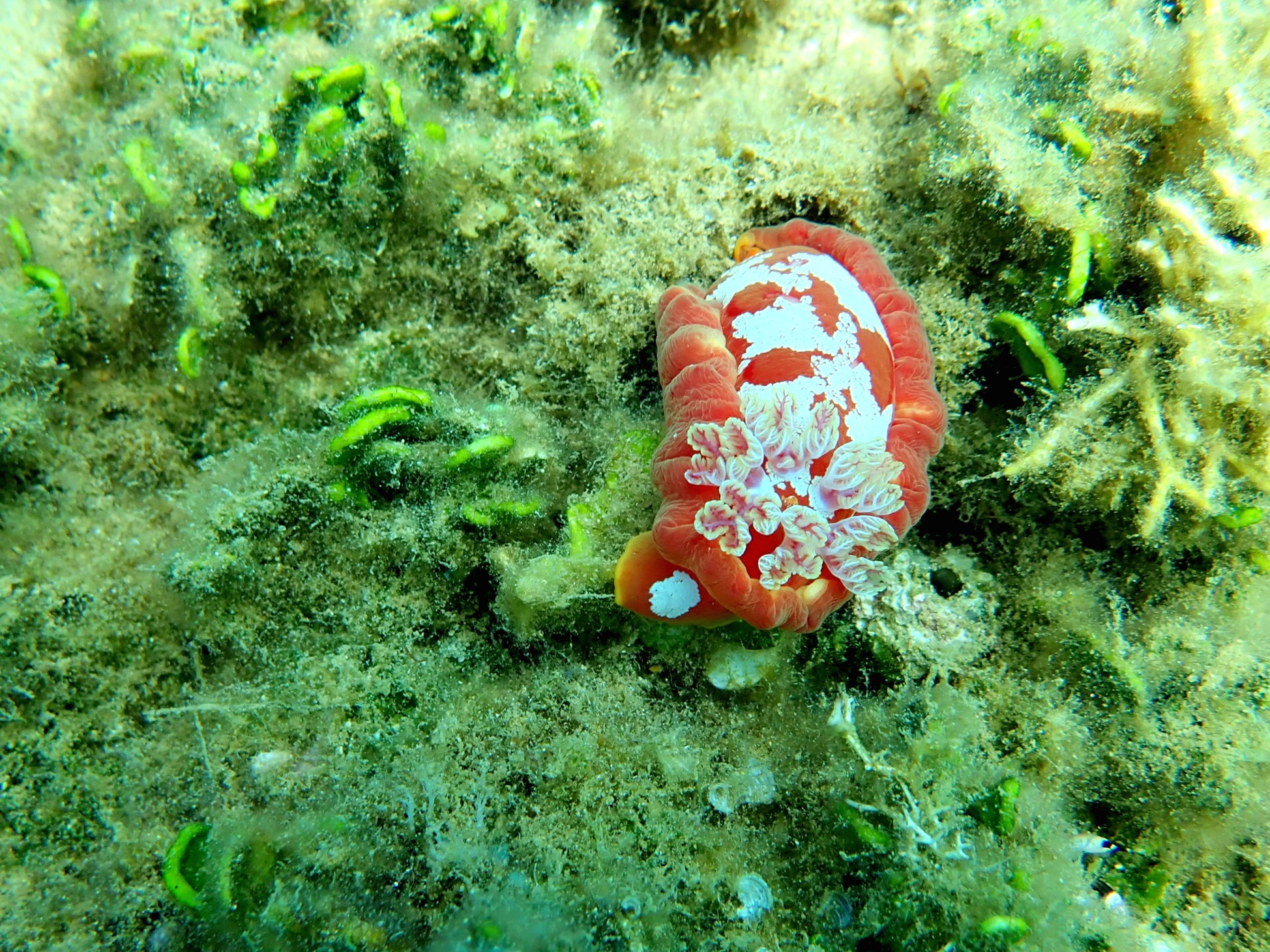
A species of nudibranch, the Spanish Dancer, commonly found around our dive site.
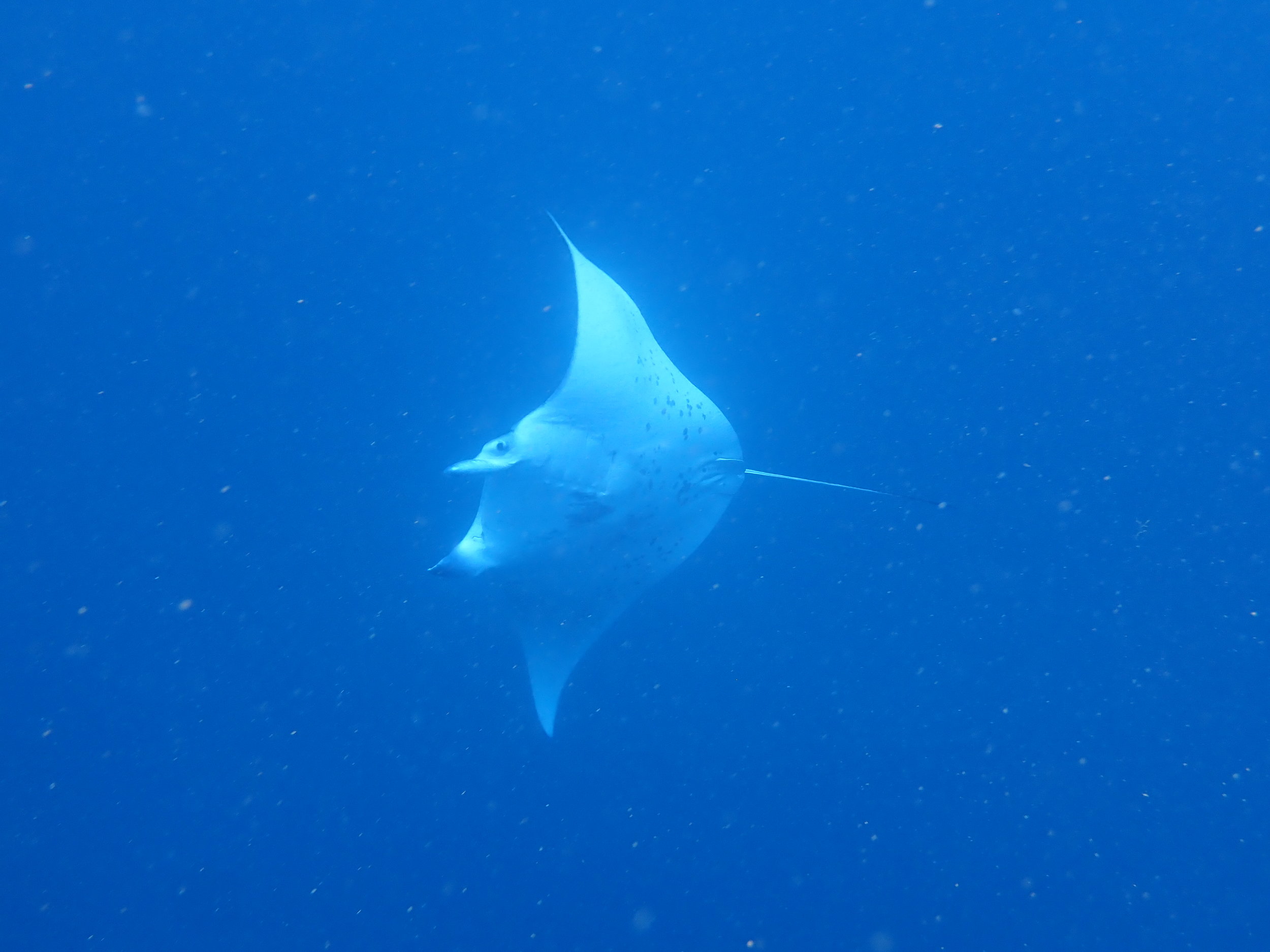
A regal manta ray came for a short flyby!
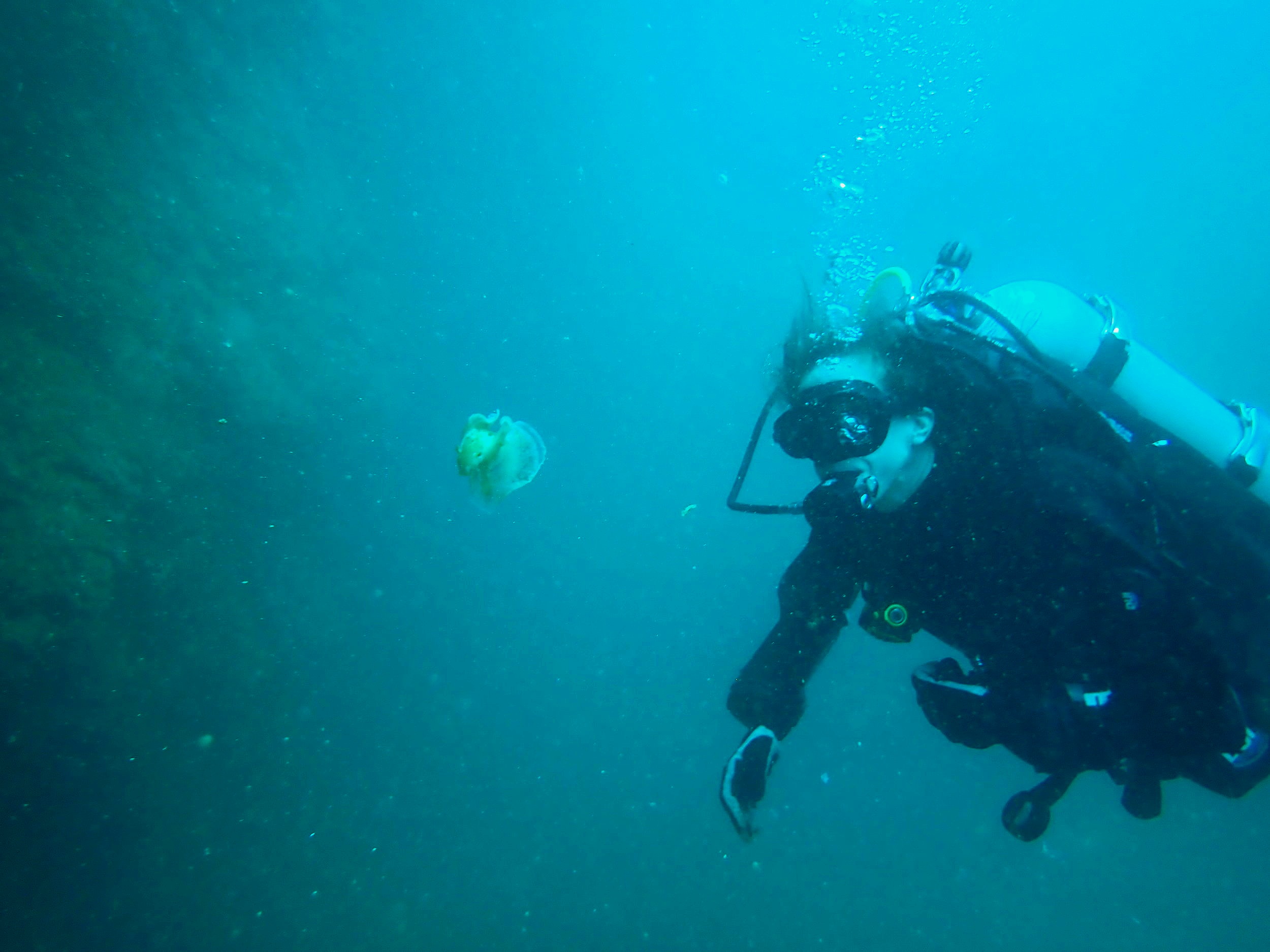
Amy watches as a Spanish Dancer gracefully descends through the water column.











